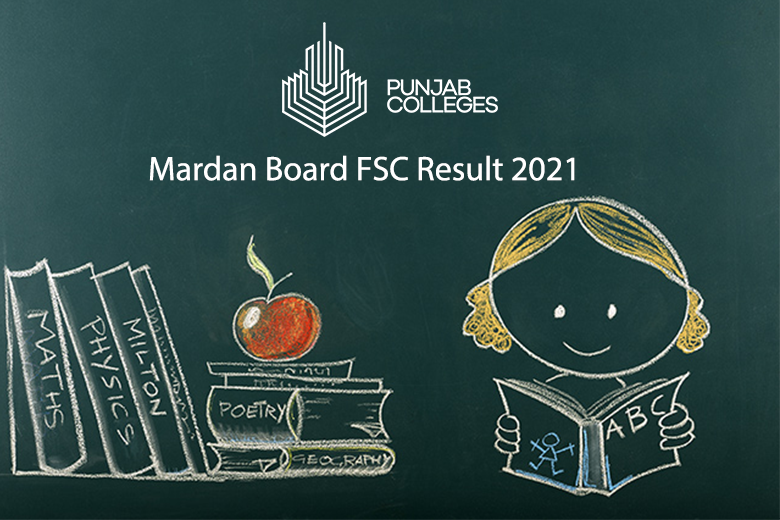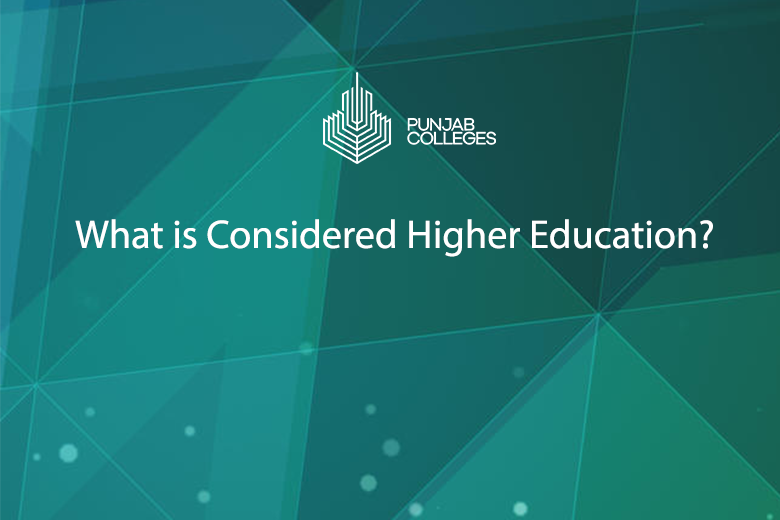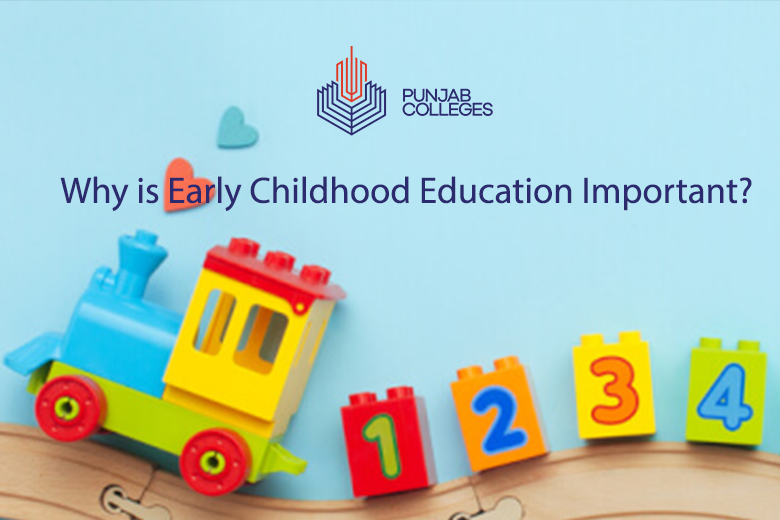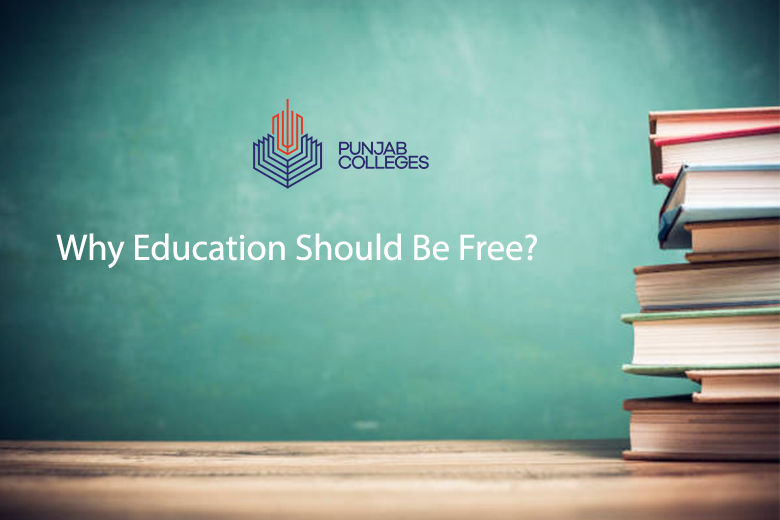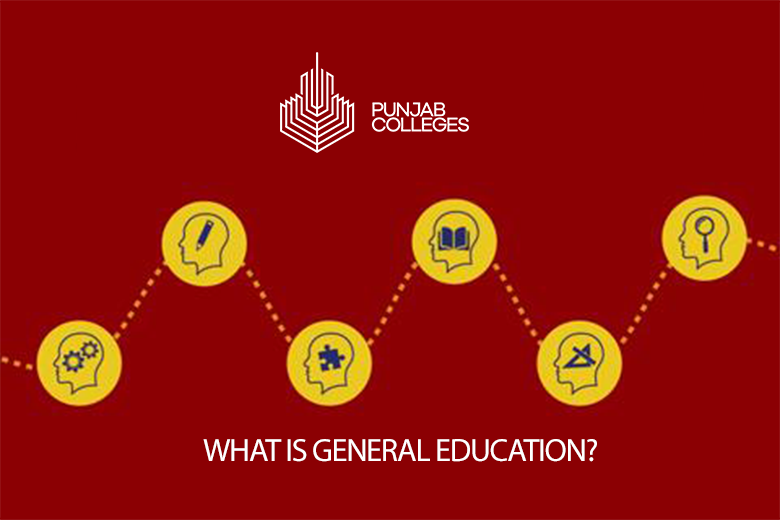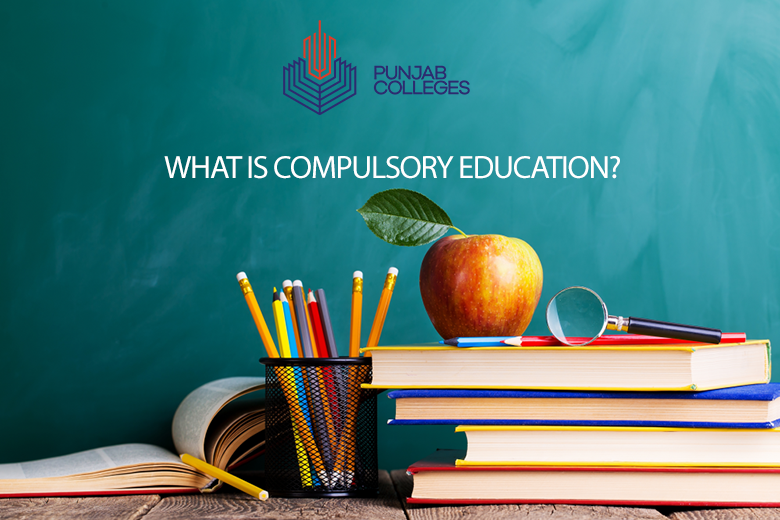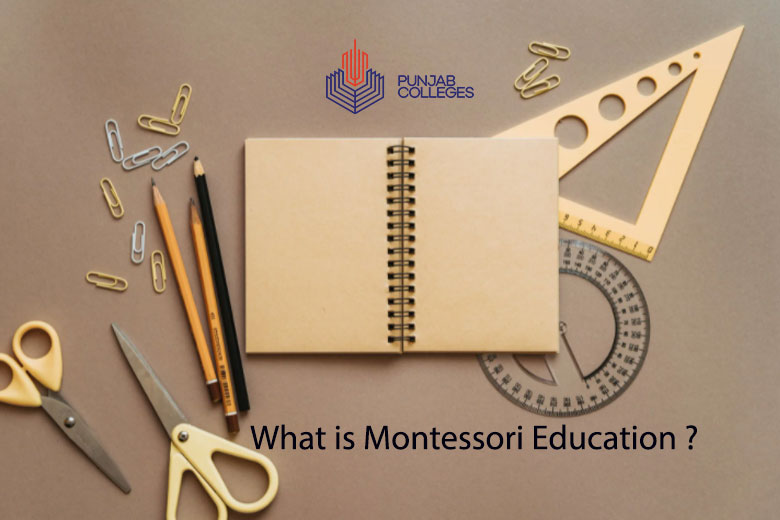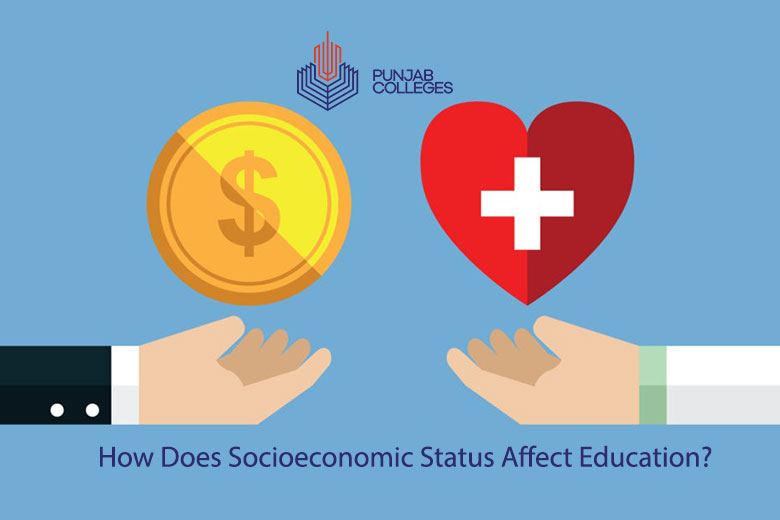
What is the economic status?
What is the economic status? In this way, the concept of economic status refers to the position that a person occupies in society. It is concerning others according to their income, education, and employment. In addition, three classes or levels of wealth emerge from these positions. Those are; low or poor class, middle class or working class, and upper class or rich. That does not depend on the social sector of the economy.
When talking about economic status, reference is made to the position occupied by a person or agent in society or social group. In economics, this position is analyzed taking into account key economic variables. Thus emerging economic or socioeconomic status.
Income includes salaries, rents, interests, dividends, subsidies among others. The unearned income of the wealthy or upper class tends to have a larger share of total income than the other classes as they invest and save more.
Employment directly reflects the educational level and skills of the person. In addition, society classifies some jobs as more prestigious and of higher economic status. For example, Surgeons, Lawyers, Chemists, Engineers, Architects, and the like have higher status or are more appreciated and respected than Waiters, Cleaners, Cooks, Drivers, or Janitors.
In general, the least valued jobs involve lower pay, more physical effort, more occupational hazards, and require a lower educational level.
In education in general, the higher the level of education, the higher the income. People with college degrees tend to earn more than people who only completed basic education. In addition, reaching higher levels of education demonstrates a higher level of commitment, greater general knowledge, a more extensive vocabulary, and better communication skills.
Education also plays an important role in landing certain high socioeconomic status jobs. Such as a doctor or lawyer that requires college training to practice.
Socioeconomic status definition:
Socioeconomic status according to the country. This social scale or socioeconomic classification is true for the vast majority of countries in the world, especially the capitalist ones. However, the characteristics that in some countries can be considered as typical of the poor in others may be characteristics of the rich.
For example, the lower class or poor of a country. Those who have a complete basic education and a partial university, a car and a house of their own, a permanent job, etc. It would be considered as high class or rich in a country where the rich have similar characteristics.
Also, the proportions and magnitudes of these classifications vary according to the country. Note that each class is one-third of the population. For example, in the most developed countries, the population that is considered middle or upper class is much higher than those who are considered poor.
The opposite happens in poor or underdeveloped countries with a lot of inequality. Where there is a small dominant elite that makes up the upper class. A minority of the middle class and a large lower class of people without opportunities.
Finally, this classification is not static. The passage of time may vary the characteristics of each class in a country. In this way, technological or economic development can help people obtain better well-being and have social mobility, advancing their economic status. It may also be, for example, that those considered poor go from being those who did not even have enough clothes to be those who do not have a house and a car of their own.
How does socioeconomic status affect education?
Socio-economic factors affect the performance of students. Another result affirms that students with better grades come from better socioeconomic levels, receive more support from their parents, and have previously attended preschool.
The socioeconomic level of the student determines their academic performance.
Impact of poverty on education:
Poverty is a problem that more and more children in our countries face to face. The price that the children of poverty must pay is incredibly high. Every year an increasing number of children are entering schools with needs and circumstances. Such as poverty, that schools are not prepared to deal with.
The term at-risk refers to children who are prone to failure in school or life due to social circumstances in their life. It does not appear that just any factor places a child at risk. On the contrary, when more than one factor is present. There is a composition effect and the probability of failure increases significantly.
Poverty is considered the main risk factor. Some of the factors related to poverty can put a child at risk of school failure. These are; very young parents, with a very low educational level. Moreover, Unemployment; abuse and neglect, substance abuse, dangerous neighborhoods, homelessness, Mobility, and exposure to inappropriate or inappropriate educational experiences.
Being able to identify and understand children who are at risk is essential if we are to support their growth and development. To do this, warm and caring relationships need to be developed between teachers and children. This will allow teachers to detect any red flags that may put children at risk for failure, interfering with their chances of success in school and life.
Academic and behavioral problems can be indicators of impending failure. Among these behaviors. The following stand out delay in language development, delay in reading development, aggression, violence, social isolation, substance abuse, irregular attendance, and depression.
Teachers may have a difficult time reaching a student’s parents or guardians. They may also find that the student does not complete assignments, does not study for tests, or does not come to school prepared to learn because of poverty or related to circumstances in the home environment. These children may be unable to concentrate. They may be reluctant or unable to interact with their peers and/or adults at school in an effective way. These issues not only have an impact on the learning of children from poverty but can also affect the learning of other children.
The increase in the number of children living in poverty has helped make the classrooms of our nations more diverse than ever. This makes teaching and learning more difficult. This problem can remain a challenge for teachers, as opposed to becoming a problem, if the emphasis is on student learning rather than teaching.
The difference in academic achievement between children of different classes or groups (ethnic, racial, income) is known as the achievement gap. Children in poverty generally reach lower levels than middle and upper-class children. The causes are numerous and are related to the social environment in which poor children live and the education they receive at school.
Factors such as the quality of student learning behaviors, home environment, past experiences with education, and teacher attitudes are among the many factors that influence student achievement. It proposes that schools can have a strong impact on the academic performance and success of all children by seeing them as a promise and not at risk and preparing them to reach their full potential.
The content must be of high quality and be culturally relevant. A watered-down curriculum is unacceptable. Teachers must know the cultures in which their students live so that they can plan effective and engaging lessons.
Also, classroom management and teaching techniques that work well with some students do not necessarily work well with poor children. The perspective and experiences of children must be taken into account. Other things that can help close the achievement gap include motivation, parenting, and family involvement.
How to measure socioeconomic status?
The measurement of socioeconomic position is central to the analysis of the social inequities in health and requires updated instruments, adapted to a framework conceptual reference, the local context, and the characteristics of the populations.
The goal of this study is to present and discuss, in the light of international literature, the advantages and disadvantages of different ways of measuring socioeconomic position for the analysis of that exist. The objective of this study is to construct an index capable of measuring the level of socioeconomic status of the families of Primary Education students.
It was found that there is a great diversity of instruments at the individual or geographical level that allows measuring the position socioeconomic in the framework. Each substitution is developed based on a framework conceptual reference and must be adapted to the study design, to the characteristics of the population study (e.g. age), and the feasibility of data collection.
However, due to the great diversity of variables and existing conceptual frameworks. It is not possible to establish the existence of a gold standard for the measurement of applicable to all studies.
The analysis of social inequities in health has two peculiarities that locate measurement of socioeconomic position at the center of the problem. The first is that socioeconomic position (or social stratification) integrates different dimensions, related between them, who have their influence on health outcomes: education, material conditions, occupation, prestige social, relative deprivation, place of residence, among others.
Each affects health throughout life, through material conditions, psychosocial and individual behaviors.
The second particularity is the concept of social gradient: it has been shown in many countries that, on average, as the socioeconomic position of individuals, improve your health outcomes. Measuring socioeconomic should allow highlighting this ongoing relationship between and health. From this perspective, comparison between social extremes, that is between the poorest (or the richest) and the rest of the population, is reductionist and can be translated into public policies creating threshold effects.
At a global level, different ways to measure socioeconomic depending on the framework dominant conceptualization in the country and the need to adapt the measurements to the local context.
In the case of human capital, the usual way of measuring it has been through the educational level of the parents, which we have considered here for both father and mother. It has also been included in the index occupational status, which is usually a closely associated indicator both at the level of income and education. Compared to income level, it is easier to measure and less variable over time.
Regarding the number of variables used, the criterion used has been to consider a small number. Thus, the increase in cases is avoided lost, motivated by the possible non-response to questions regarding the variables involved in the construction of the index.
Does your social class determine your future?
Social class has nothing to do with the future if the person is keen to get success. Enthusiasm to achieve desired goals is the best way to make your future better. Struggling hard and never giving up attitude determines the future of people.
In terms of financial status, it can help you to avail resources without any hurdles. People with low social class get to struggle more for finances.
Socioeconomic status and child development:
Child development starts from the most important factors. Among the latter is socioeconomic status. That can influence health and opportunities in adult life. Know and analyze the influence of socioeconomic conditions on child development. Materials and methods. The variables most used to assess socioeconomic status were family income and parental education. For child development, these are areas of cognition and gross motor skills. A significant relationship was found between child development and socioeconomic level. Schooling, parental occupation, mother’s marital status, and housing conditions, which represent a disadvantage and the probability of alteration in child development.
So, the question, How Does Socioeconomic Status Affect Education? one of its parts is, child development, which is influenced by socioeconomic conditions determined by historical-cultural aspects. Most of them are approached from functionalist sociology as isolated factors. A holistic and integrative methodological approach is proposed that gives rise to historicity as an important element.
Read more Articles:
What is Art Education?
What is Liberal Education?
